Details
Master of the bokeh
The newly calculated ZEISS Milvus 1.4/ 85mm lens for Nikon cameras with F-mount offers its strengths primarily in the area of portrait photography. Wherever the main subject is to be exposed and the most beautiful bokeh is to be incorporated into the image composition, this lens is just right. The purely spherical optical design and high use of special glass ensure the best micro contrasts and extremely low chromatic aberrations. As a result, superior shots are always achieved - with the master of bokeh.
The Planar lens design is the most successful camera lens concept - also the most copied of all time. It gives the optics computer numerous possibilities to correct all aberrations extraordinarily extensively. And its imaging performance is very consistent over a wide range of magnifications, the crucial requirement for universal macro lenses such as the ZEISS Makro-Planar lens.
All lenses are coated with T*® anti-reflective coating from ZEISS. Optimized stray light reduction takes place through a combination of finely tuned measures. In addition to the ZEISS T* coating, all lens edges are elaborately hand-finished with a deep black special coating. Light traps in mechanical components and specially calculated surfaces are integrated to prevent reflections from occurring in the first place. Each focal length is characterized by an individual optical design with partial use of special glass types with anomalous partial dispersion. This extremely minimizes the tendency to color fringing at high-contrast subject edges.
Due to their high imaging performance, ZEISS Milvus lenses are especially designed to meet the requirements of current and future high-performance digital cameras. High-contrast images are possible even with increasing dynamic ranges of the sensors (HDR) due to the low level of stray light in the lens. The minimization of aberrations such as coma, astigmatism and spherical aberrations enables consistently high resolution across the entire image field. The optics have the potential to get the most out of even high-resolution systems. No matter what the future brings - with Milvus lenses from ZEISS, you are optimally equipped.
Operating a lens manually means controlling the image result gently and precisely from your fingertips and thus consciously shaping it. Ergonomics is everything. The ZEISS Milvus lenses impress with a large angle of rotation that enables perfect focusing to the point. The high-quality focusing mechanism is smooth and has no play: this supports creative play with the plane of focus of fast fixed focal lengths. Changes are immediately visible in the viewfinder or display. The engraving in meters and feet as well as the depth-of-field scale provide additional help when focusing manually. The stepless and noiseless aperture adjustment (de-click function with ZF.2 mount) provides the best conditions for videography in addition to the long focus travel for these photo lenses.
Durable product with environmental protection
Optimized ergonomics ensure the best handling, thus enabling fatigue-free photography and reducing the risk of camera shake. The all-metal body makes every grip a tactile experience. The dynamic, precise housing design sets new standards in the world of photographic lenses. However, the ZEISS Milvus lenses not only impress with their outstanding housing appearance and feel, but also with their inner values. Special seals for protection against dust and splash water expand the creative possibilities in various shooting areas - so reliable function is guaranteed even under difficult conditions.
Modern camera systems with high-resolution digital image sensors demand more and more performance from lenses. The Floating Elements design enables consistently high imaging performance in the focal plane - from the closest focusing distance to infinity. This is achieved by changing the axial distance of individual lenses or lens groups from each other. The adjustment of the lens distance is coupled to the distance setting, so that the correct correction is always achieved. The mechanical construction of the ZEISS Milvus lenses is very complex and the processing must be particularly precise - both of which are ZEISS's core disciplines.
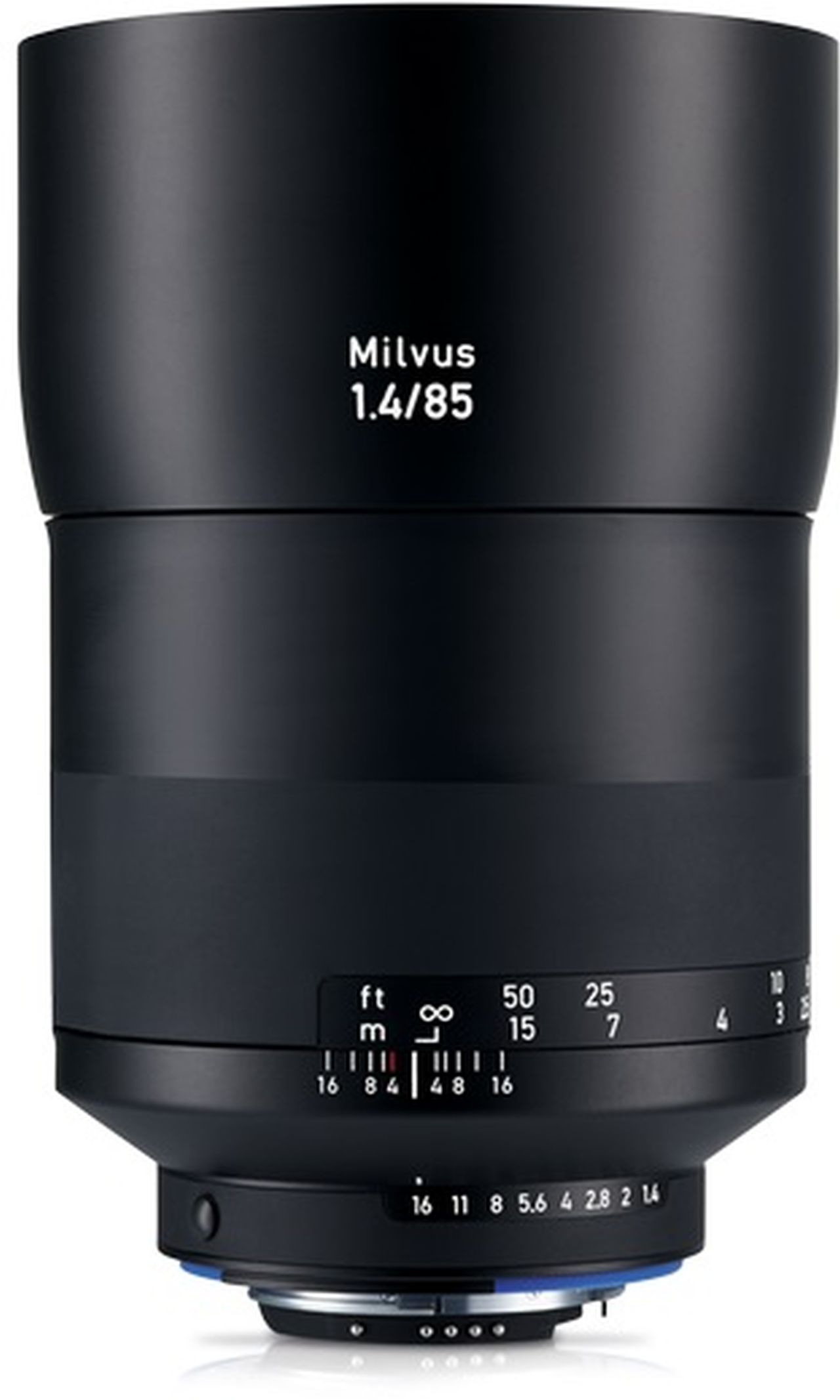
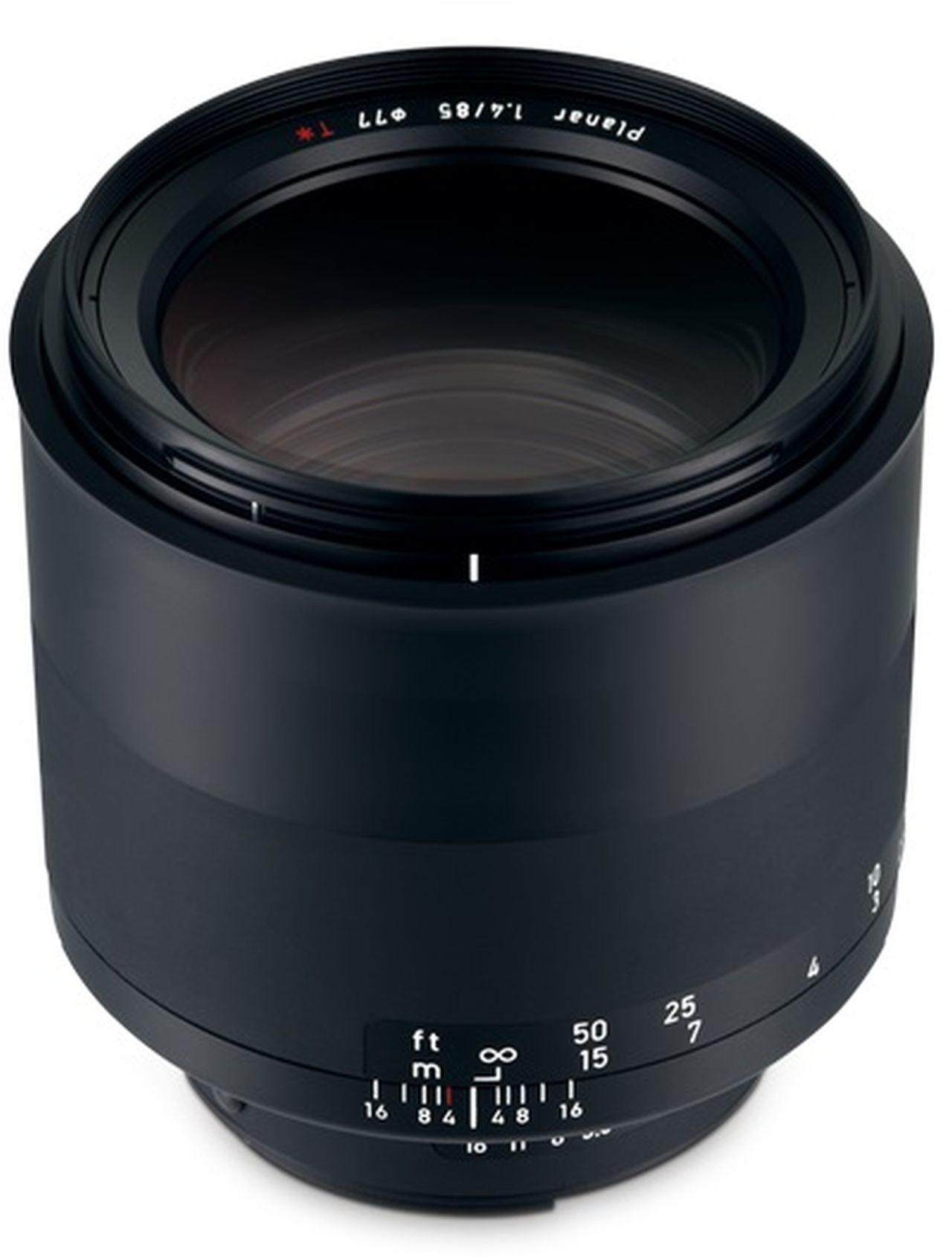
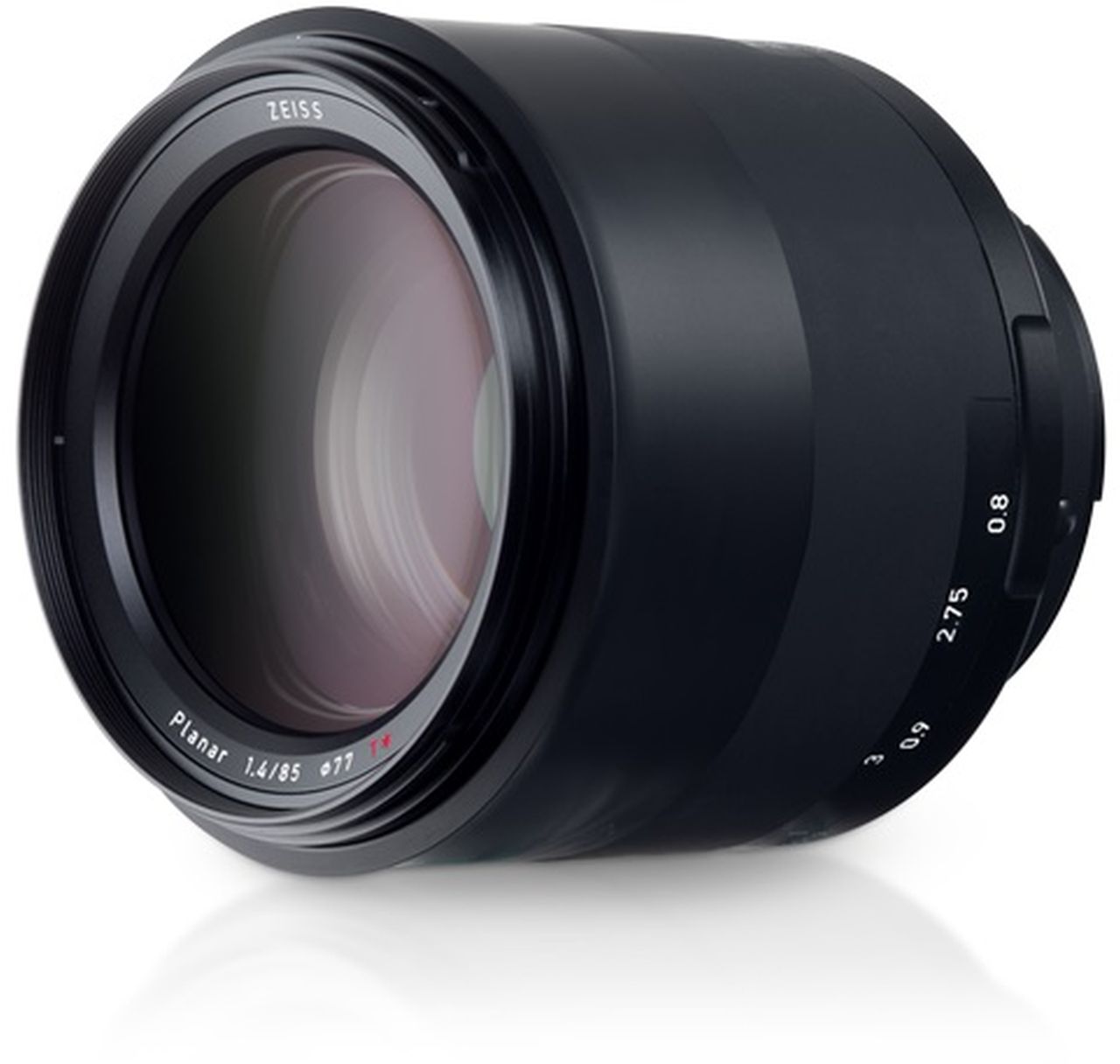

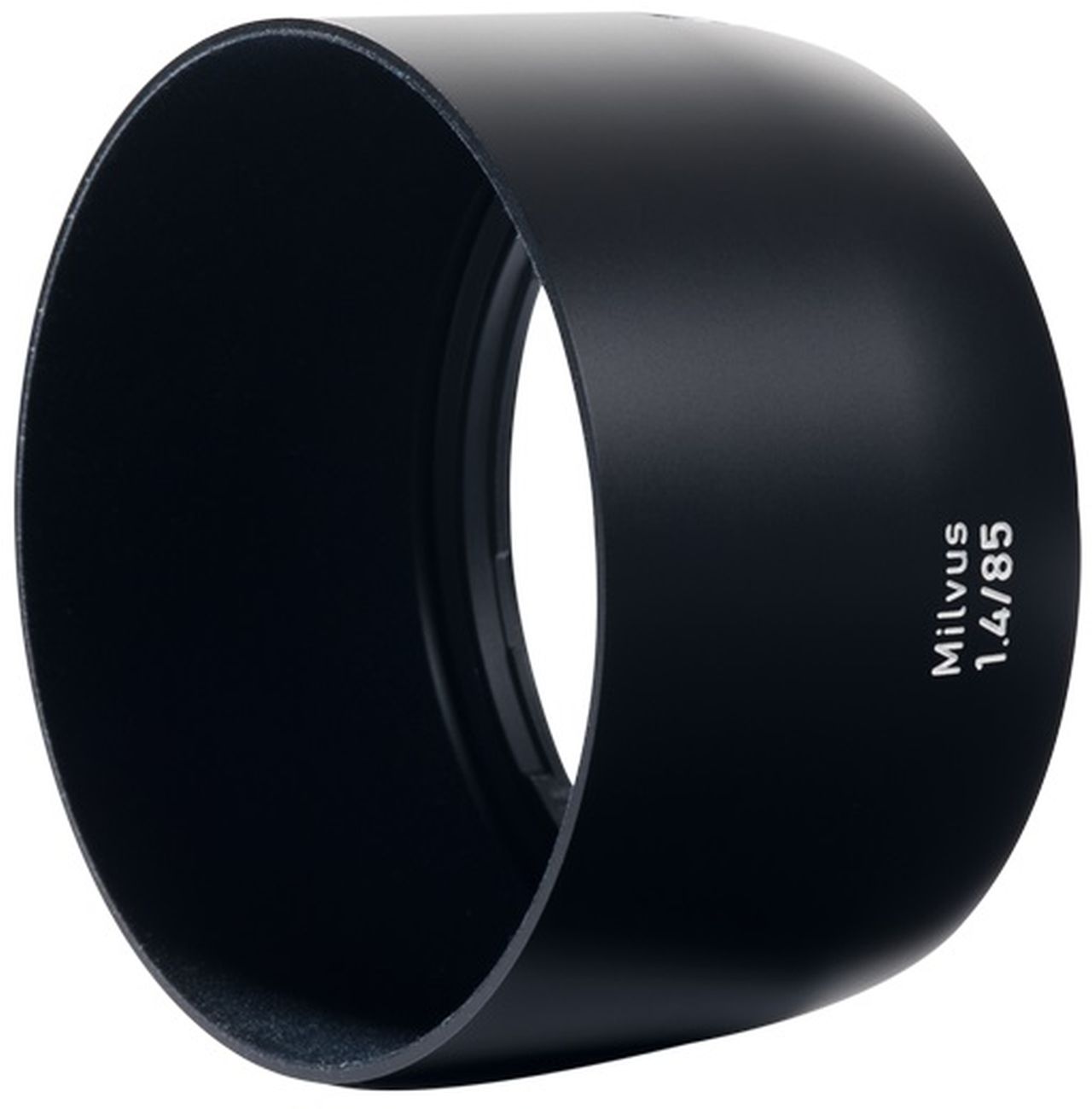

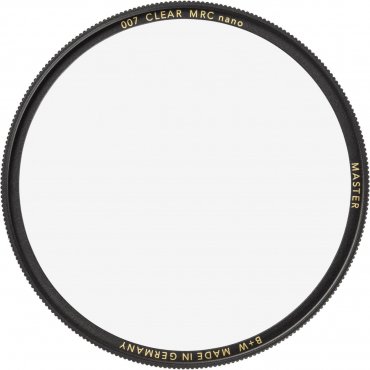

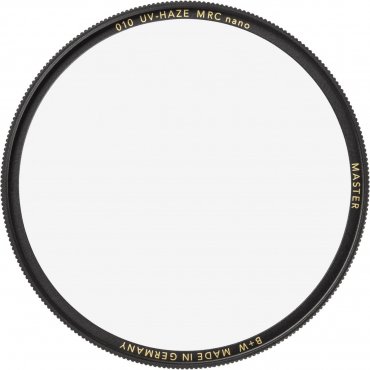
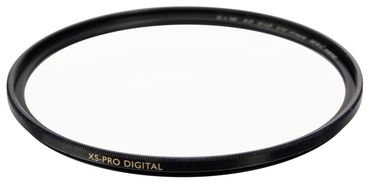
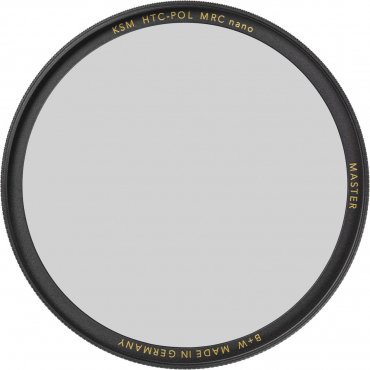
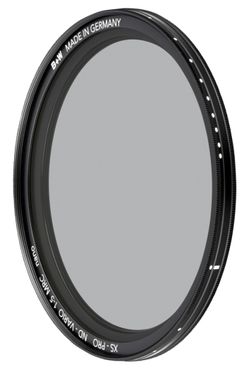
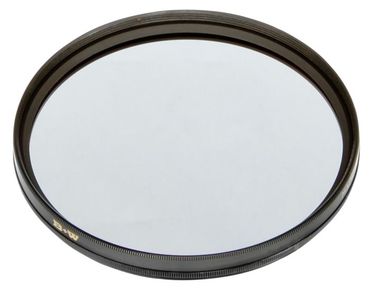
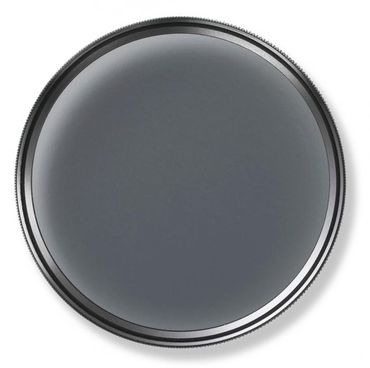

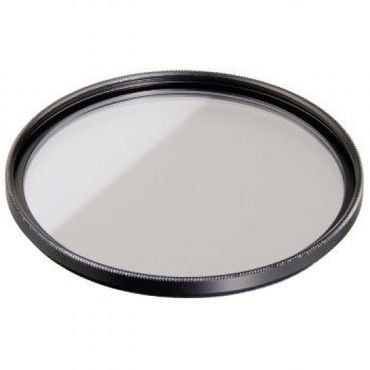

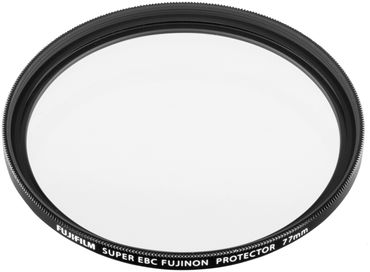
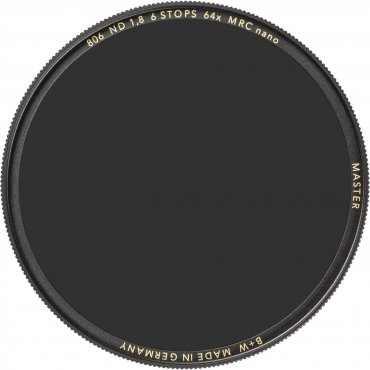

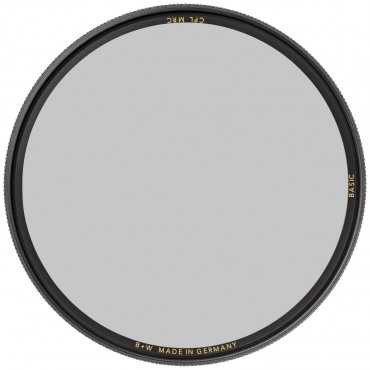
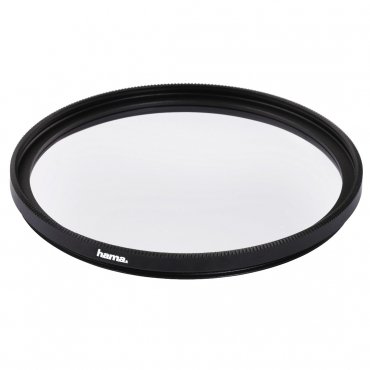
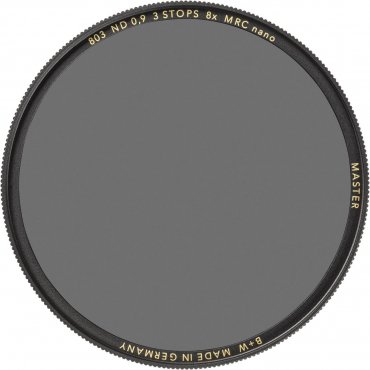
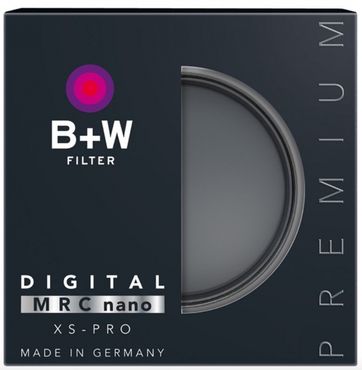

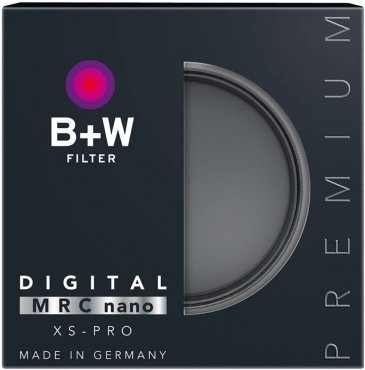
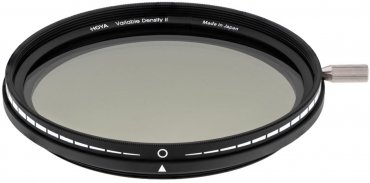
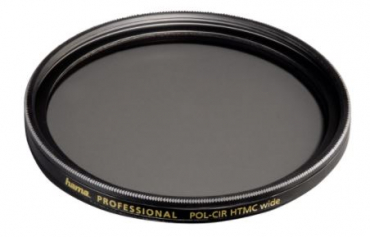
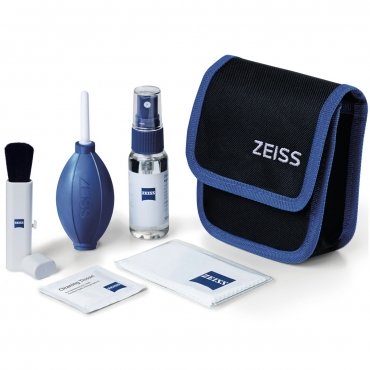
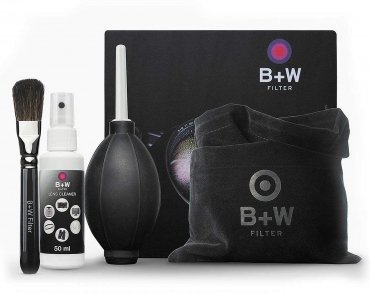

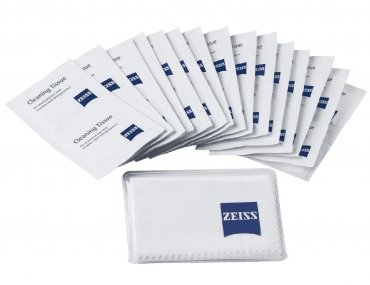
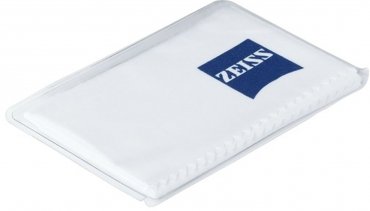

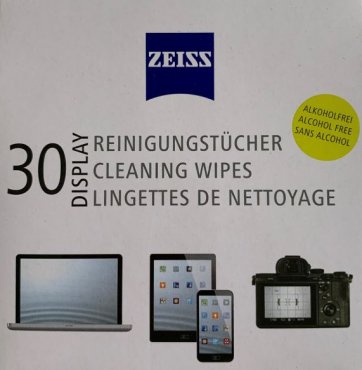
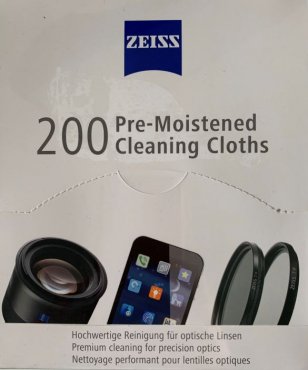



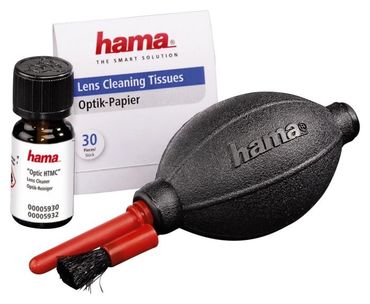
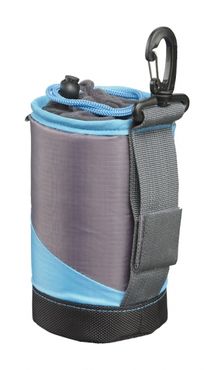
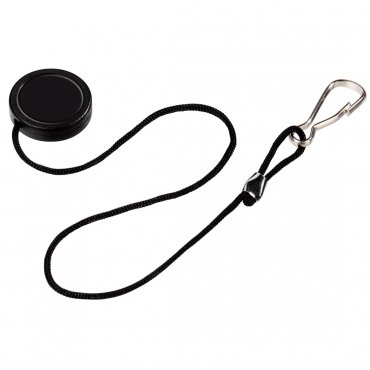

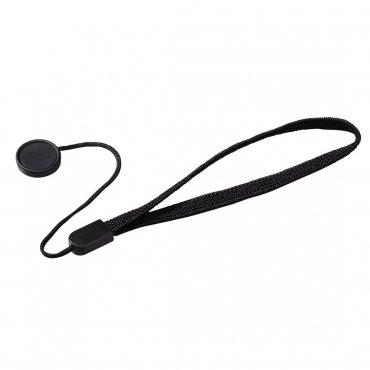
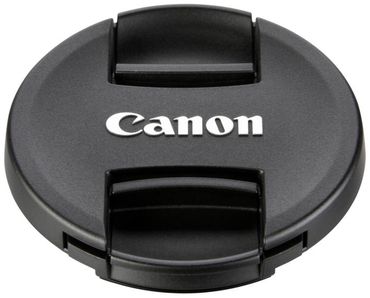

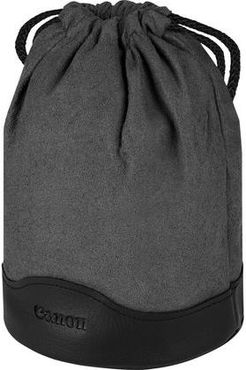
Simply subscribe and benefit as a newsletter recipient every week: